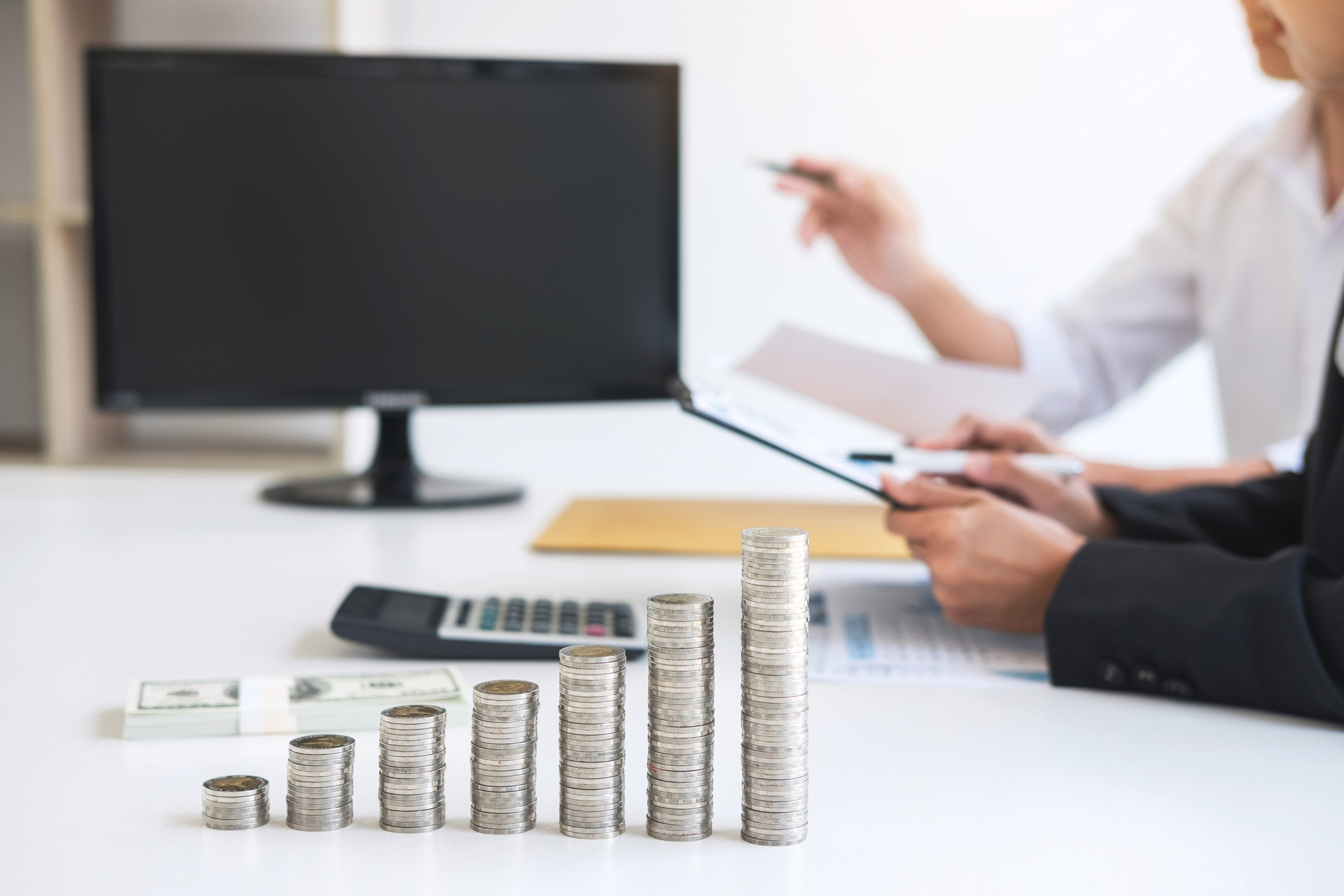
The circular economy is emerging as a transformative model for sustainable business, offering a viable alternative to the traditional linear system of take, make, and dispose. By prioritizing resource efficiency, product longevity, and waste reduction, companies across sectors are adopting circular strategies that align profitability with environmental responsibility.
At the core of the circular economy is the principle of keeping materials in use for as long as possible. This involves designing products for durability, repairability, and recyclability, as well as creating systems for reuse, remanufacturing, and material recovery. Businesses are increasingly recognizing that these practices not only reduce environmental impact but also open new revenue streams and strengthen customer loyalty.
In the fashion industry, for example, brands are shifting toward circular collections that use recycled textiles, modular designs, and take-back programs. These initiatives reduce dependency on virgin materials and minimize textile waste, while appealing to a growing base of environmentally conscious consumers. Similarly, in electronics, manufacturers are exploring modular devices that can be upgraded or repaired rather than discarded, extending product life cycles and reducing e-waste.
The benefits extend beyond environmental gains. Companies that embrace circularity often experience cost savings through resource optimization and reduced raw material dependency. In addition, circular models foster innovation, as businesses reimagine products and services to meet sustainability goals. Subscription-based models, product-as-a-service offerings, and reverse logistics systems are becoming more common, creating new value propositions and customer experiences.
Governments and international organizations are also supporting the shift. Policies that incentivize eco-design, extended producer responsibility, and circular procurement are encouraging businesses to rethink their operations. Public-private partnerships and innovation hubs are accelerating the development of circular solutions, particularly in sectors such as construction, packaging, and mobility.
Small and medium-sized enterprises (SMEs) are finding opportunities in local circular ecosystems. By collaborating with suppliers, recyclers, and community organizations, they can close material loops and generate shared value. These networks not only reduce environmental footprints but also build economic resilience by keeping resources circulating within regional economies.
Education and digital tools are playing a key role in scaling the circular economy. Platforms that track material flows, assess product life cycles, and facilitate repair or resale are making circular practices more accessible. Training programs and certifications are equipping professionals with the skills needed to design and manage circular systems.
As climate challenges intensify and resource constraints grow, the circular economy offers a hopeful path forward. It demonstrates that sustainability and economic growth are not mutually exclusive, but rather mutually reinforcing. By rethinking how products are made, used, and recovered, businesses can lead the transition to a more regenerative, inclusive, and future-ready economy.
